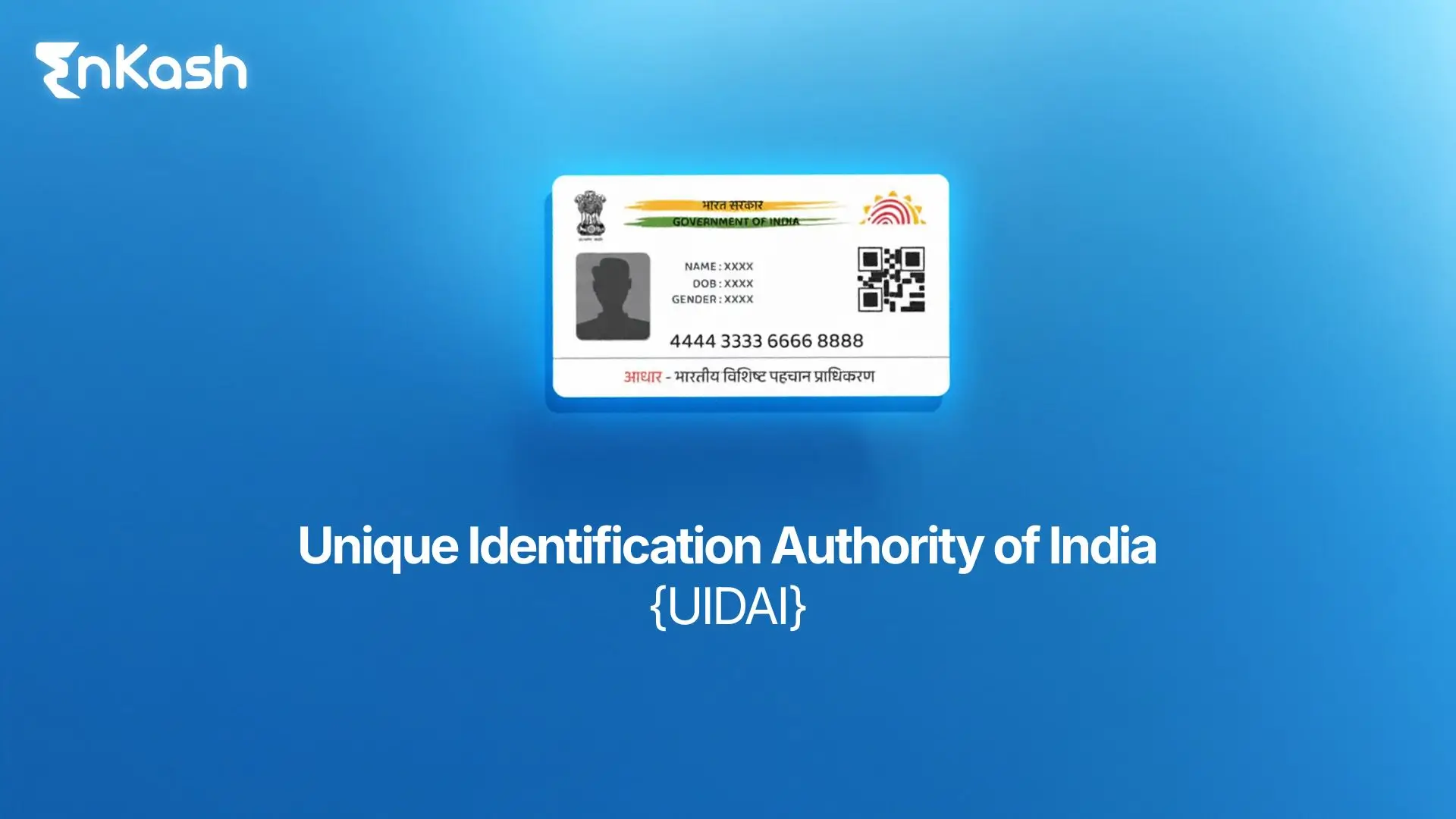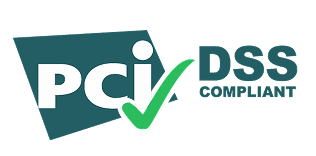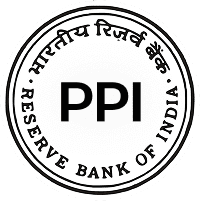Introduction
An appropriate bank account can make all the difference when it comes to managing one’s finances. Two types of accounts considered most popular are the current account and the savings account. At first sight, they might seem to be the same, but really, both have their purposes to serve. Knowing their features, benefits, and limitations will help you make a pertinent choice. In this blog, we’ll cover what a savings account is, the benefits of a current account, the differences between them, and which one may be more suitable for you.
Savings Account and Its Features
Savings accounts are among the most conventional types of bank accounts designed mostly for individuals who wish to keep their money secure or earn interest on the deposited amount.
1. Interest Earnings
A savings account is a place where your money grows for you. Banks offer interest on the amounts deposited by customers, which helps the account balance to rise gradually over time. The rates of interest vary from bank to bank; even so, this is indeed a very safe and steady avenue of earning passive income on deposits over time.
2. Safety of Funds
Savings accounts are one of the safest ways of parking money. Banks governed by financial authorities insure deposits up to a certain amount, thus ensuring that your money will be safe in any unforeseen circumstance.
3. Easily Get Money
Convenience is one of the biggest benefits of a savings account. That is, you can withdraw some cash, transfer funds, and pay bills through various channels like ATMs, online banking, UPI, and debit cards. All of these ensure that whenever you need to get your money, you are allowed to do so in the shortest time possible.
4. Minimum balance requirement
Traditionally, maintaining the minimum balance is a requirement in almost all savings accounts. Today, banks offer zero-balance savings account that relieves people from having to maintain a minimum balance in their accounts. It is quite helpful to students, beginners, and low-income groups, who would otherwise face penalties or lose part of their interest earnings.
What are the Features Of Current Account?
A current account is meant for businesses, professionals, and bodies that deal with high volumes of transactions. This type of account does not usually carry any interest, unlike a savings account. Instead, it offers more flexibility, unlimited transactions, and specialized features suitable for a businessman and/or trader.
Here are the standout features of a current account:
1. High Transaction Limits
Current accounts allow for large and frequent transactions. Whether paying a supplier, receiving payment from a client, or paying operational expenses, the high transaction limits make them ideal for business operations.
2. Overdraft Facility
Perhaps the characteristic that distinguishes a current account the most is the availability of an overdraft facility. It allows holders to withdraw money that exceeds the amount they currently have in the account up to an agreed limit, which is handy for businesses in managing any short-term cash flow gaps without interfering with their day-to-day operations.
3. Unlimited Transactions
While savings accounts may limit the number of free withdrawals in a given month, current accounts will not. This unrestricted access to deposits and withdrawals is indeed very important for company and professional users who need to move funds several times a day.
4. Business-Focused Design
Current accounts are set up to meet the needs of businesses. They offer services that facilitate managing daily financial activities smoothly, like bulk payments, payroll processing, and vendor transfers. They are ideal for companies, traders, freelancers, and entrepreneurs.
5. Cheque and Draft Facilities
They also provide cheque and demand draft facilities, offering a formal and secure mode of transactions. This is important from the point of view of businesses that still rely on traditional payments alongside digital transfer.
Who Should Opt for a Current Account?
A current account is meant for individuals and businesses requiring frequent transactions of high volume without any restrictions. If you fit into any of the following categories, the availability of a current account can be a good avenue for you.
1. Business Owners and Entrepreneurs
If you run a business, you probably need to make multiple transactions each day. A current account eliminates restrictions on withdrawals and deposits, making it suitable for day-to-day payment requirements.
2. Freelancers with Multiple Clients
Those earning from multiple clients may want to consider current accounts for handling repetitive incoming and outgoing payments without transaction limits.
3. Companies with Bulk Payments
Organisations making bulk salary payments, vendor payments, or supplier payments get the bonus of smooth processing and very high transaction limits in current accounts.
4. Importers and Exporters
Import-export businesses are usually accorded facilities such as foreign currency transactions, trade finance, and preferential treatment for exchange-related transactions.
5. Need for High-Value Transactions
If your profession or business requires a series of high-value transfers regularly, the current account ensures that you do so free from any withdrawal limitations imposed by savings accounts.
6. In Need of an Overdraft Facility
An overdraft facility on current accounts can be of great help when cash flow is tight by cushioning temporary shortfalls, although not every bank may offer an overdraft facility.
Who Should Opt for a Savings Account?
A savings account is for people who want to keep their money secure and earn interest on it. It would best be suited to those who want their funds to appreciate with time and do not intend to indulge in regular transactions of heavy amounts.
1. Salaried Employees
If you get a regular monthly salary, a savings bank account would be the easiest and safest way to deposit your earnings and earn some interest on the balance.
2. Students and Young Professionals
For the budding individuals just starting their financial journey, a savings account provides a comparatively safe platform to keep funds and create some financial discipline.
3. Families and Homemakers
A savings account works well for keeping track of day-to-day expenditure, emergency funds, and also goal-based savings like education or vacation.
4. Senior Citizens
More interest rates, free banking, and other perks like priority service are what special savings accounts offer to senior citizens.
5. People Oriented Towards Long-Term Savings
When your intent is to retain money for future needs instead of spending it on frequent purchases, a savings account allows the growth of balances by way of interest accumulation.
6. Those Seeking Low-Risk Investment Options
Savings accounts are safe and keep small funds insured; these accounts, therefore, provide an avenue to keep surplus cash without having to fear price fluctuation in the market.
Digital Banking with Current and Savings Accounts
Technology has long moved beyond the brick-and-mortar days of banking. Both current and savings accounts now come with good digital banking facilities to accelerate, ease, and secure financial management. Whether one is an individual with personal savings or a corporation with high-volume transactions, anyone in between. These facilities give banking much-needed mobility to its users.
1. Mobile and Net Banking
Today, mobile banking and internet banking have become the paths of almost every commercial bank for current as well as savings accounts. You can check your account balance, transfer funds, and view transaction history-all without stepping into a branch, and businesses can pay bills and monitor their accounts on the go.
2. UPI and QR Code-Based Payments
Unified Payments Interface and QR codes have changed the payment landscape in India. By simply connecting an account to a UPI app, one can instantly pay or accept money. Businesses accept customer payments instantly, while individuals appreciate quick transfers with minimum hassle.
3. Transfer of Funds Real Time through NEFT, RTGS, or IMPS
Both account types allow secure transfers of funds. IMPS is the only instrument, from these three, that guarantees instant money transfers any time; NEFT and RTGS allow scheduled payments with higher transfer limits, so it is a better fit in high-value and bulk business payments.
4. Integration with Corporate Expense Platforms Like EnKash
For businesses, the use of expense management software such as EnKash speeds up vendor payments and reimbursements in concert with the current account. Such integration saves time internally, improves accuracy, and gives better control of financial operations.
Security and Safety Features
Banks nowadays deploy multiple layers of security features to protect your money and your data. These safety features give you plenty of comfort banking online or offline-whether you have a current or savings account.
Strong Authentication System
The banks employ strong authentication mechanisms to ensure that only the legitimate customer can open an account with them. They involve two-factor authentication (2FA), One-Time Passwords, and biometrics (fingerprint or face recognition).
Encryption of Transactions
Online transactions are protected through advanced encryption. Your data thus gets converted into secure codes, which makes it extremely difficult for hackers to gain access to the sensitive information.
Real-Time Fraud Detection
Real-time monitoring of bank account activities occurs. If any atypical or suspicious transaction is flagged, the system immediately blocks or flags such a transaction, and you could be notified via SMS alerts, emails, or app notifications.
Secure Banking Apps and Websites
Official apps and websites use HTTPS alongside other security protocols to keep your login and transaction information safe. Be sure never to log into fake or fraudulent bank websites.
Card Security Features
Often, debit and credit cards support EMV chip technology, where one also uses PIN-based transactions and an instant blocking service upon the loss or theft of a card.
Alerts and Notification
Real-time alerts are sent by banks for every transaction so that you can detect unauthorized transactions and act on them immediately.
Safe Branch Banking
Safety precautions for the banks include physical branch environment for identity verification, secure storage of confidential records, and permissible handling of cash.
Current Account vs Savings Account: The Core Differences
While both accounts allow deposits and withdrawals, they differ significantly in purpose and benefits.
Features |
Savings Account |
Current Account |
|---|---|---|
Primary Purpose |
Helps an individual grow their savings and earn interest |
Meant to facilitate large-volume financial transactions |
Foreign Transactions |
Limited international usage unless upgraded |
Flexible for frequent foreign transfers and business imports/exports |
Interest Earnings |
Offers interest on the balance, helping your money grow |
Does not usually attract any interest |
Transaction Frequency |
Limited free withdrawals or transactions per month |
Unlimited daily transactions without extra charges |
Target Users |
Suitable for salaried employees, students, or those saving for goals |
Ideal for business owners, traders, professionals, and companies |
Withdrawal Limit |
Withdrawals are limited to a certain amount per day |
Usually, higher limits for daily operational needs |
Best Practices for Managing Your Account
Effective management of either a current or savings account will help you stay away from penalties, maintain correct records, and earn more benefits from the services of banks. Below are some best practices that you can observe:
Watch Your Transactions
Get to know all credit and debit transactions. This will help identify errors, avoid overdrafts, and detect fraudulent activities prematurely.
Maintain Minimum Balances
Most accounts expect you to maintain a minimum average balance in your account. Check your account balance regularly to avoid any charges related to non-maintenance of such a balance.
Use Digital Banking Wisely
Use mobile apps, net banking, or UPI for transfers or bill payments. Always log out of your session to retain privacy.
Set Up Alerts and Notifications
Set up SMS or email alerts to get instant notifications on all withdrawals, deposits, or even low balance alerts. This allows you to always stay informed.
Check Bank Statements Regularly
Go through monthly statements to verify if all entries are correct. Should you find any discrepancy, report it immediately to your bank.
Do Not Waste Withdrawals
With savings accounts, maintenance of withdrawals has to be minimized for interest paid; with current accounts, insufficient activity may also attract penalties, so regular usage is advisable.
Use Cheques and Payment Instruments Responsibly
Sign cheques with big, clear letters, fill all fields, leaving no blanks. From a business standpoint, keep a tab on those cheques issued to avoid problems later.
Be Aware of Bank Charges
Get to know the charges levied by the bank for services like NEFT, RTGS, cheque books, and withdrawals at ATMs. Aim to settle for cheaper alternatives wherever possible.
Keep Your Account Safe
Create strong passwords for your digital banking, never share your OTP, and update your contact details at the bank. Doing so will allow you to receive important security alerts.
As a matter of proper management, one needs to operate sufficient accounts; in return, this provides smooth transactions, safeguards your funds, and lends a hand in maximizing your banking service.
Current and Savings Accounts: Myths and Common False Beliefs
These two account types have always been rife with misconceptions, resulting in ill-financial choices. The following are some commonly accepted ones:
1. Myth: “Current accounts earn interest just like savings accounts.”
Reality: Savings accounts earn interest on deposits that help the money grow with time. Current accounts do not generally bear any interest as they are meant for high-frequency transactions.
2. Myth: “You cannot have both accounts.”
Reality: Basically, there are no restrictions on any individual in having both types of accounts. Most business owners have a current account for the business and a savings account for their personal use. Such segregation creates clarity in organization and ease in tracking expenses.
3. Myth: “Only small deposits go into savings accounts.”
Reality: Savings accounts can have huge sums deposited in them while providing interest earnings. They are not just for the small depositor but for those who want to put away surplus cash securely and earn some interest on it.
How to Open a Current or Savings Account
Opening a current or a savings account is effortless, but it must be done following the correct steps to ensure seamless approval and activation. Take a look at a detailed step-by-step guide:
1. Select the Bank and Account Type
Check out different banks and choose what suits your needs. Look at interest rates, minimum balance requirements, charges, and facilities. Decide whether you want a savings account to handle your funds or a current account for business transactions.
2. Complete the Application Form
Having decided to open your account in a particular bank, you now proceed to fill out the application form, either online or by actually visiting the bank. Always keep your wits about you to fill in accurate information concerning your name, contact address, account type that you want to register, etc.
3. Documents Required
The necessary documents to submit for KYC (Know Your Customer) compliance are:
- Identity Proof (Aadhaar Card, Passport, Voter ID, etc.)
- Address Proof (Utility Bill, Rental Agreement, etc.)
- Recent Passport Size Photographs
For businesses opening a current account, additional documents like business registration certificates, partnership deeds, and GST registration are needed.
4. Verification
The bank will verify the documents and details given. Verification may be done either in person or online. For businesses, the bank may also undertake verification related to the company or ascertain the nature of its activities.
5. Account Activation and Setting Up Digital Banking
When verification is completed, the account will be activated. The bank will then share account numbers along with prepaid cheque books (if any), debit cards, along a set of login credentials for online or mobile banking to activate digital services for the easy management of accounts, transfer of funds, or track transactions.
Conclusion
Your financial needs determine the choice you make between a current account and a savings account. If you are looking to save and earn interest, a savings account, particularly a 0 balance savings account or zero balance savings account, is the best choice. But if you have frequent, big-ticket transactions to manage, a current account with an overdraft facility would be suitable. Understanding the differences between current accounts and savings accounts will help you choose the one that fits your objectives so as not to interfere with smooth money management.








